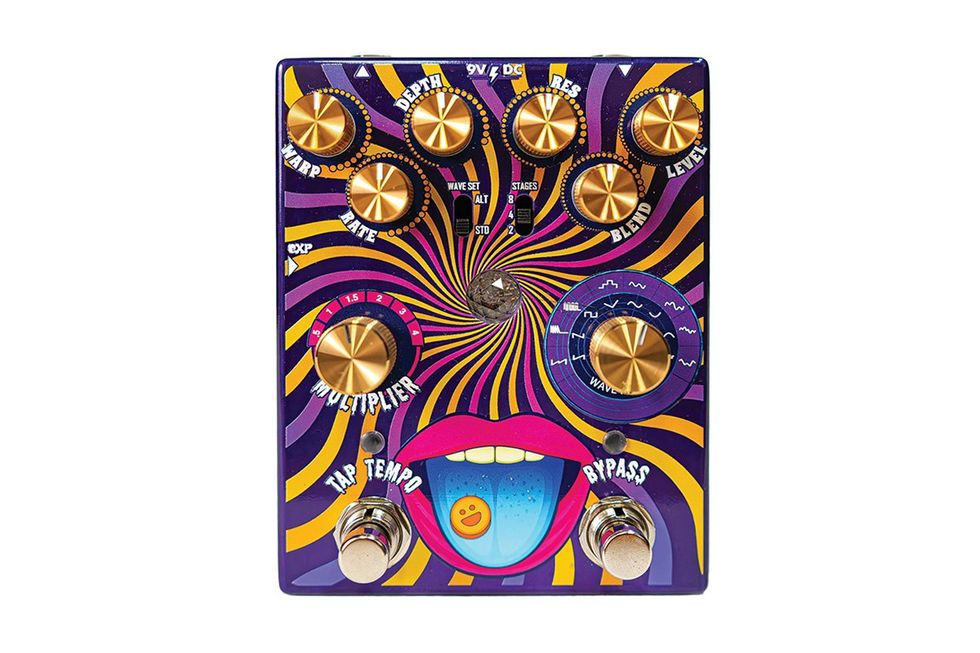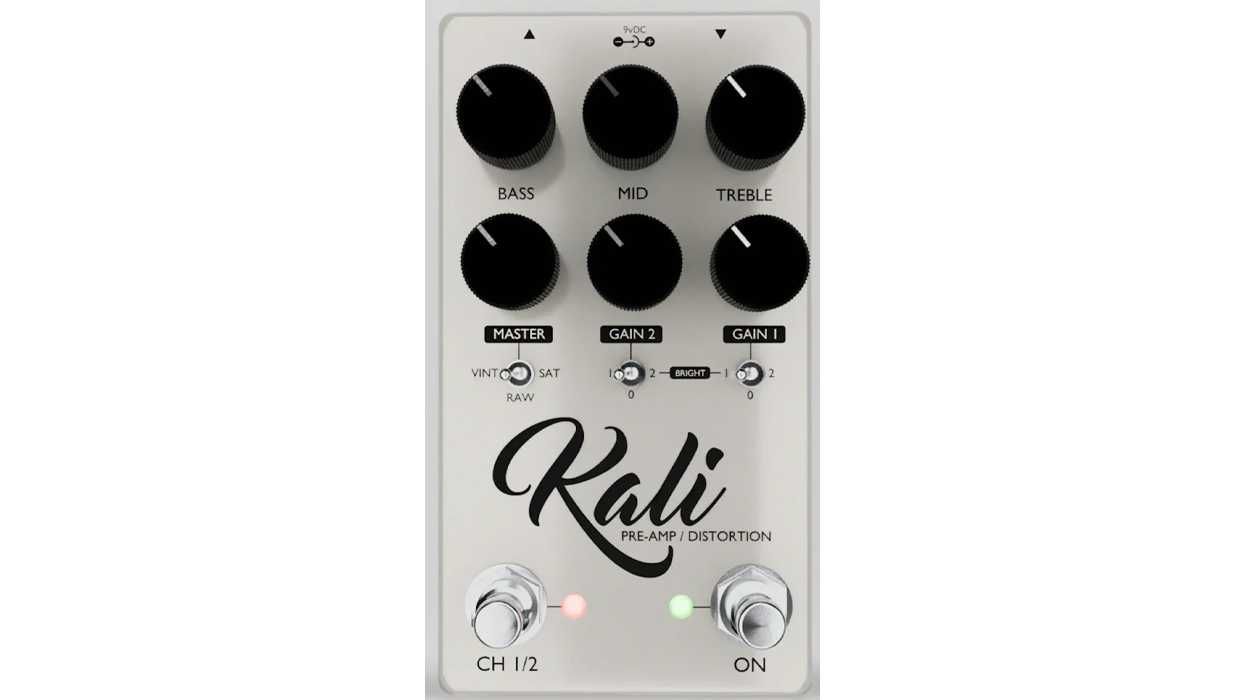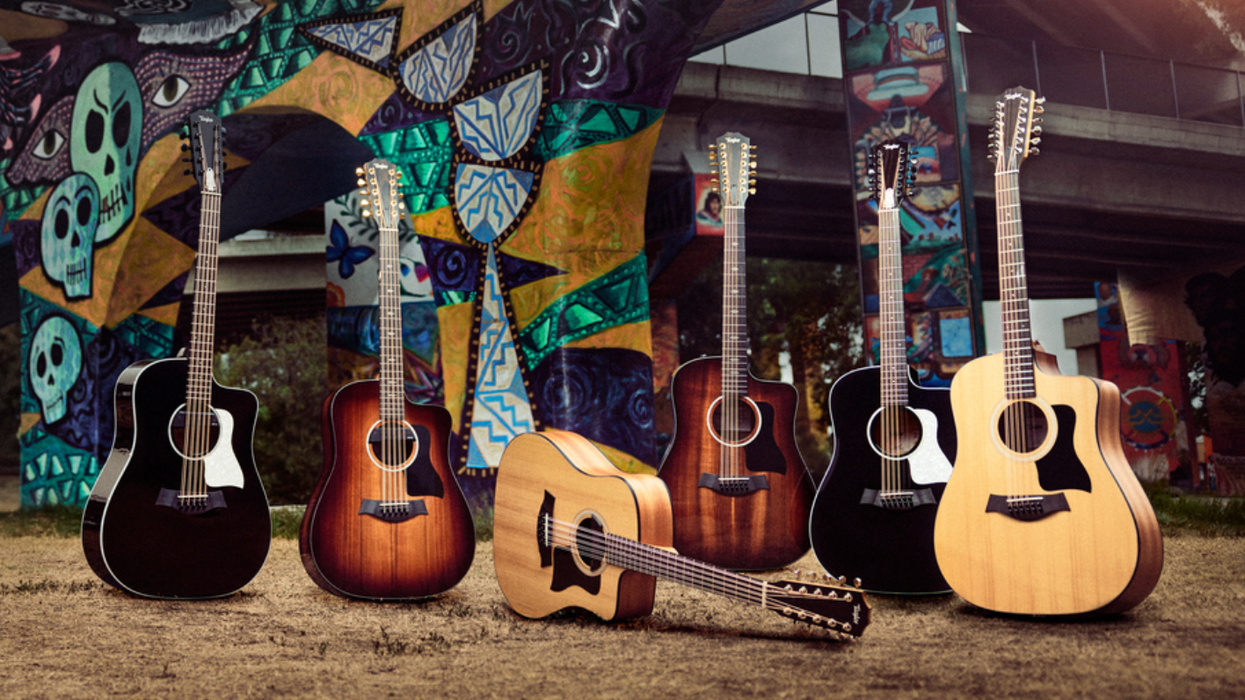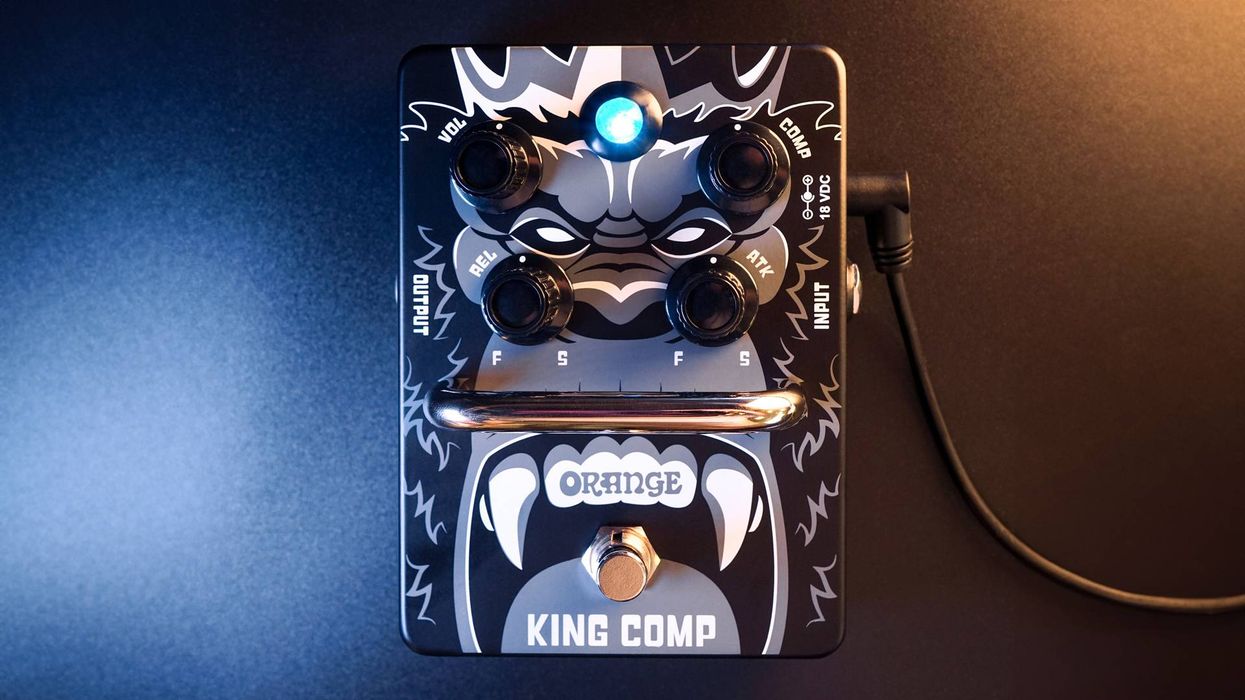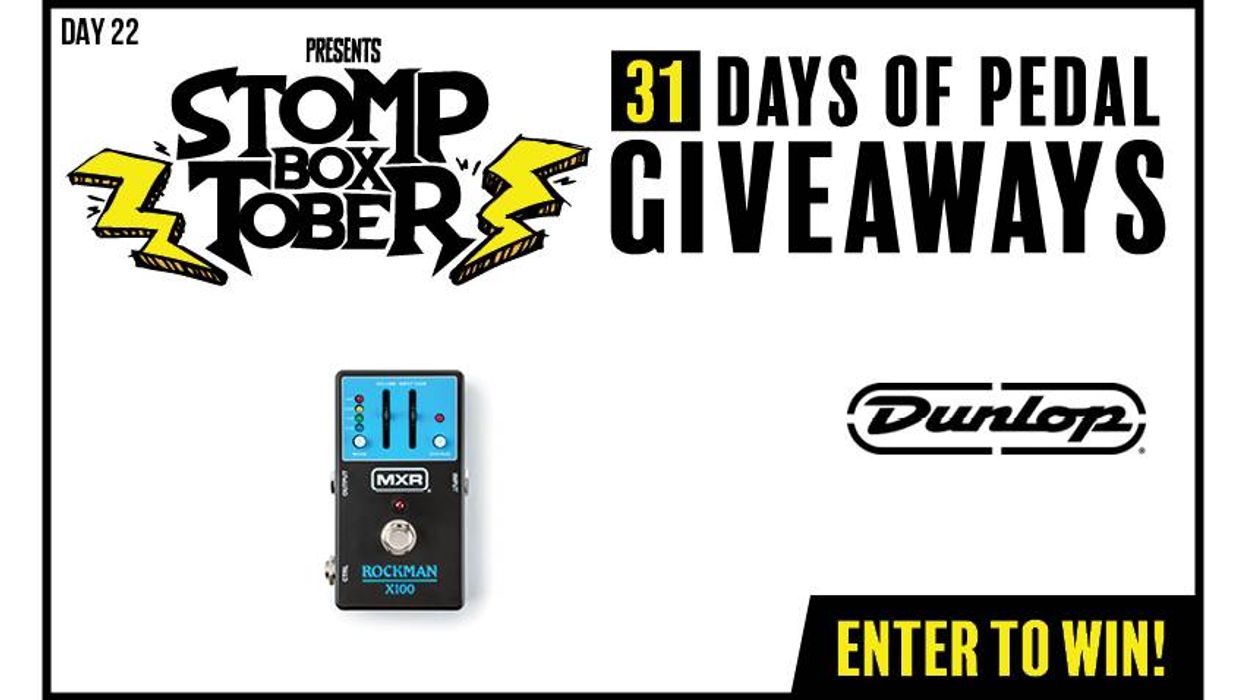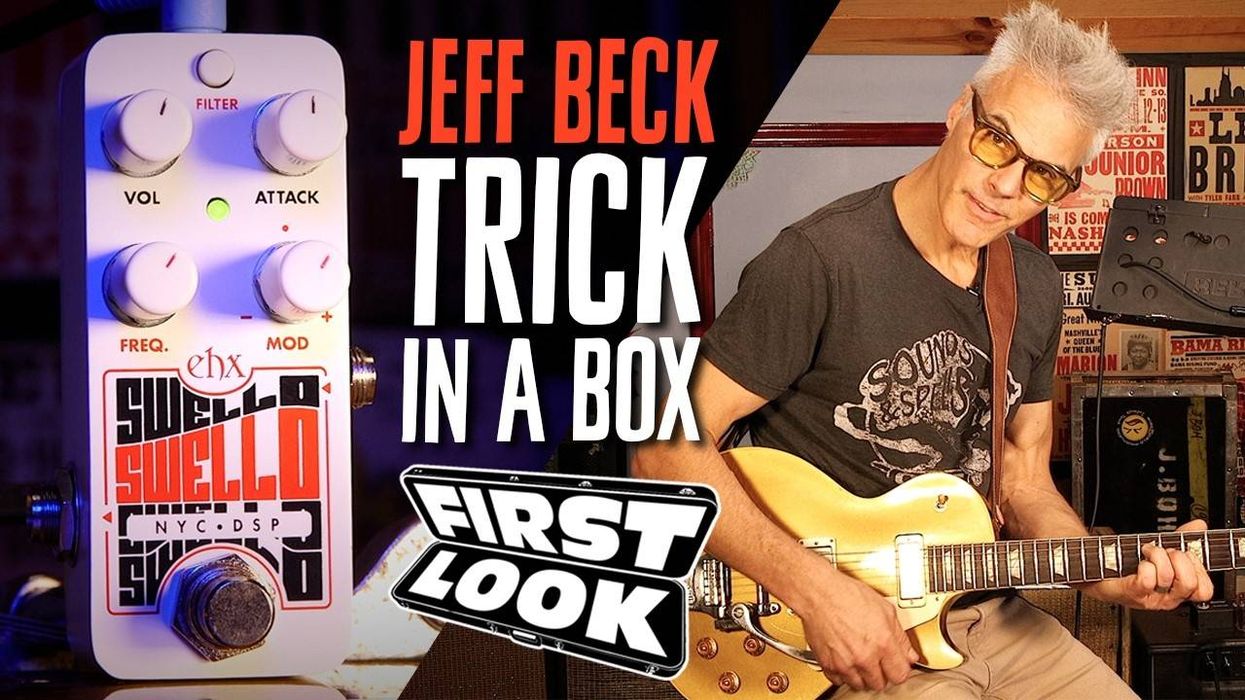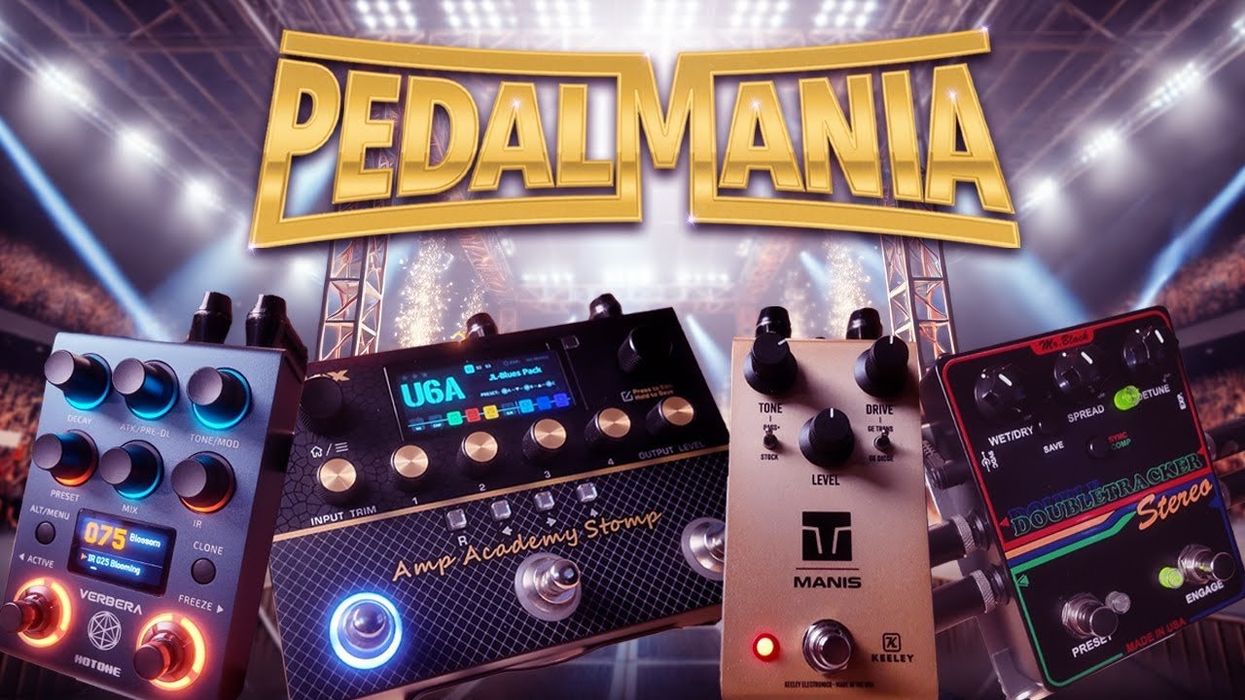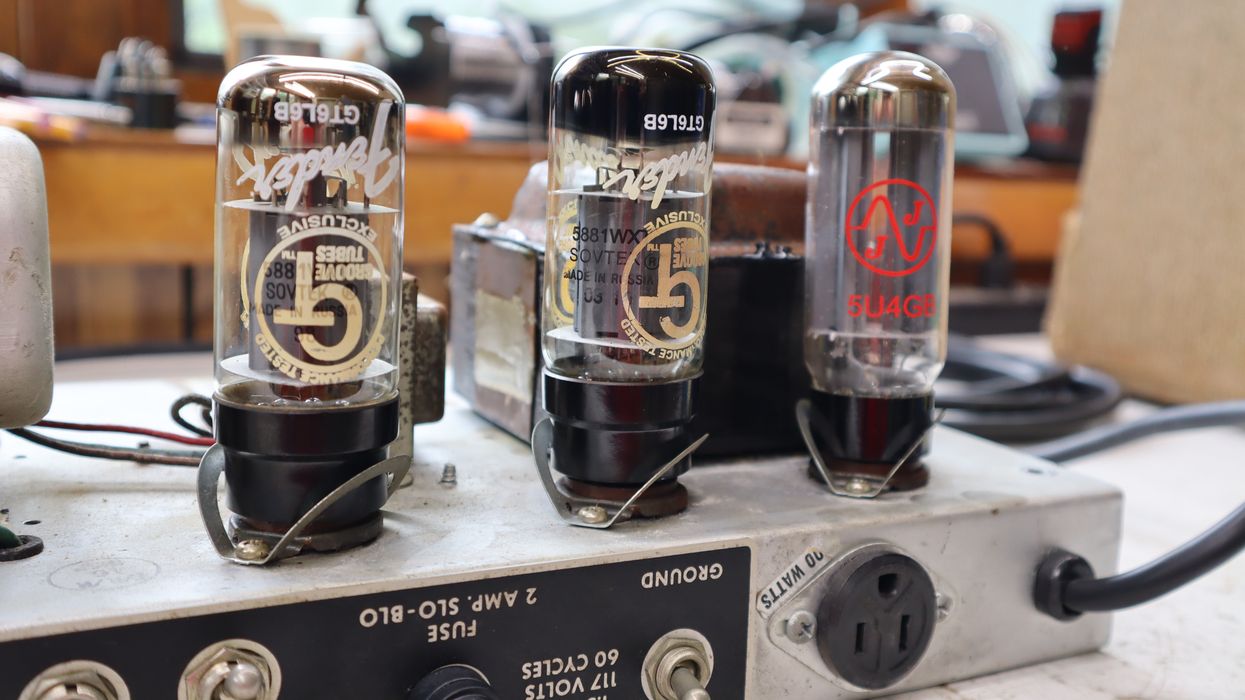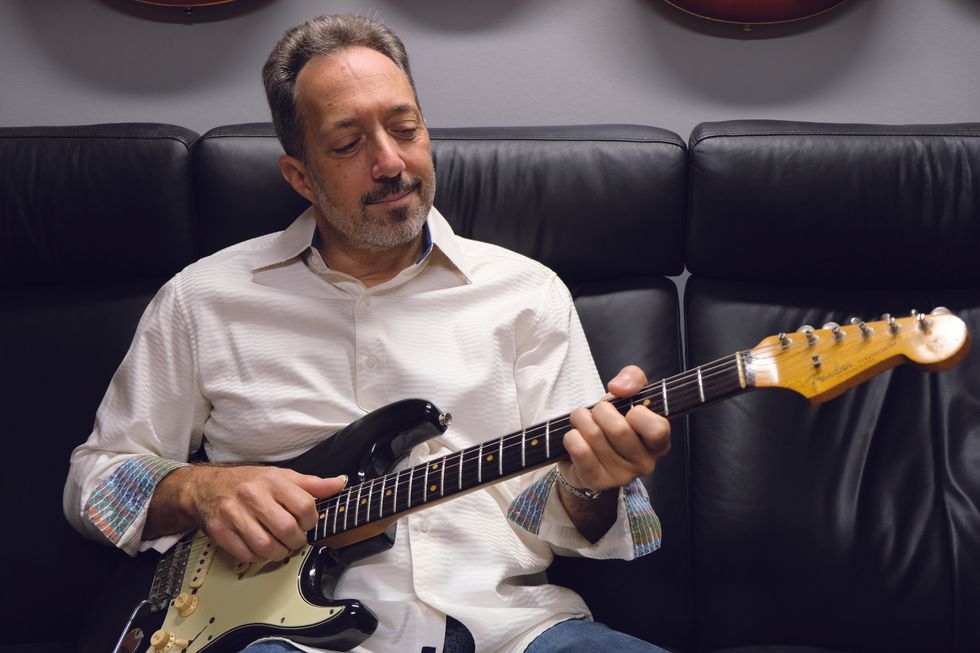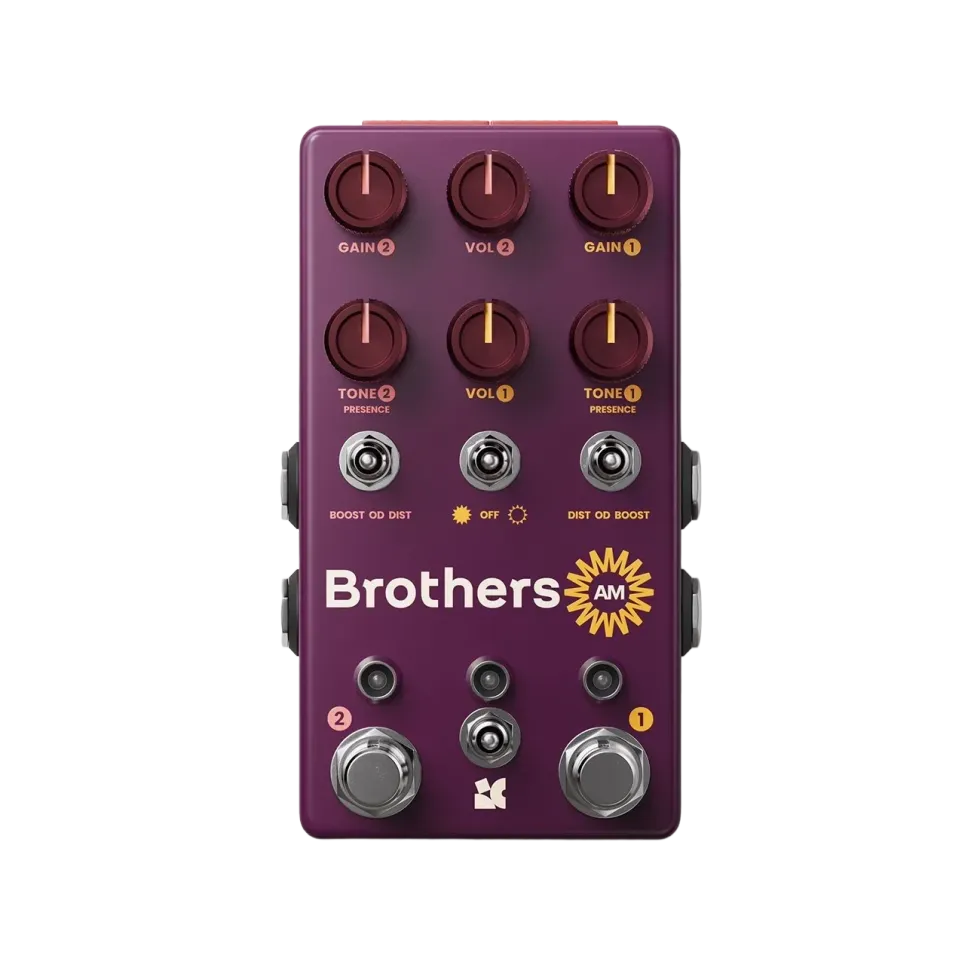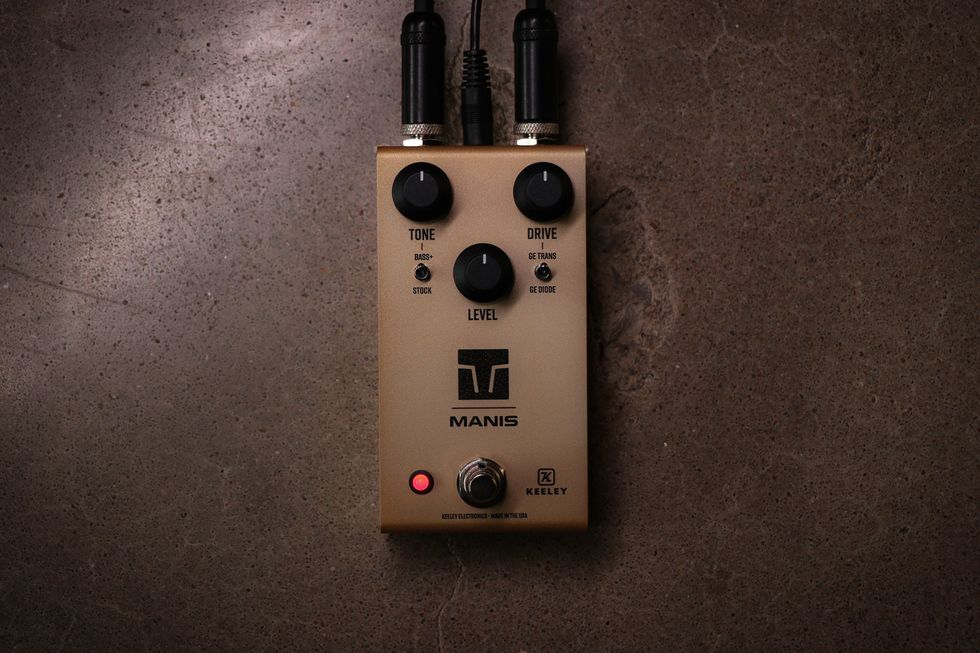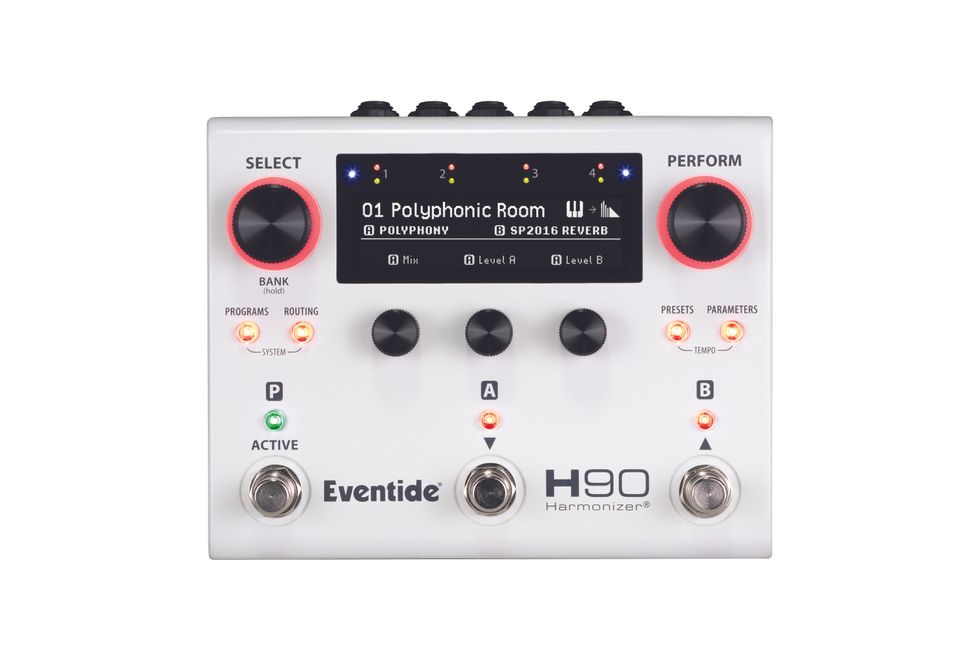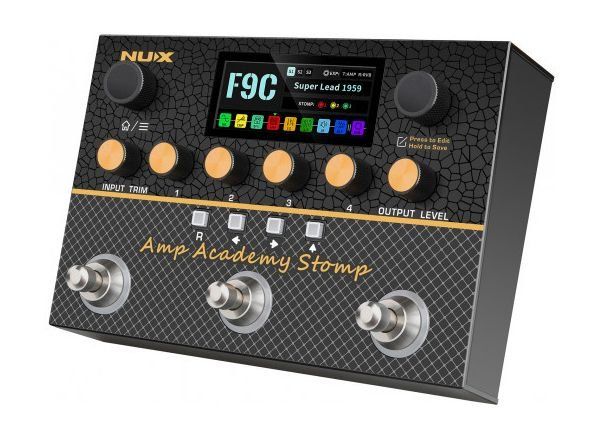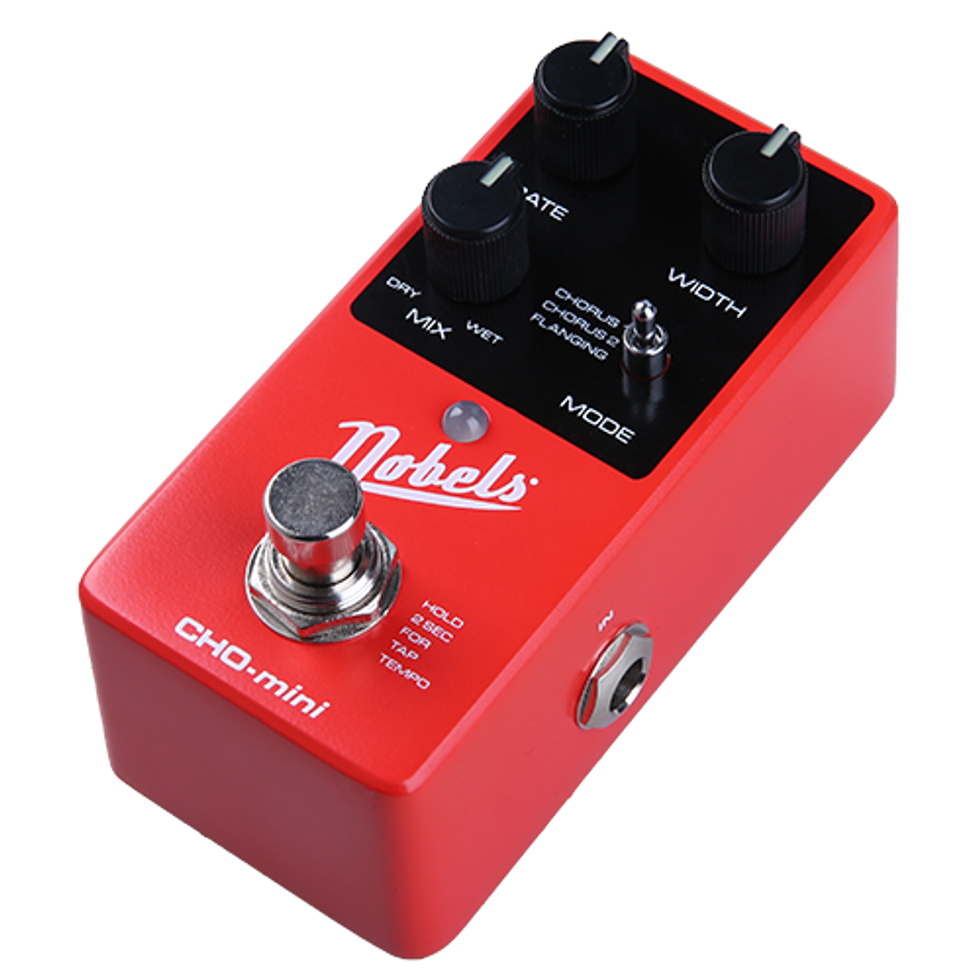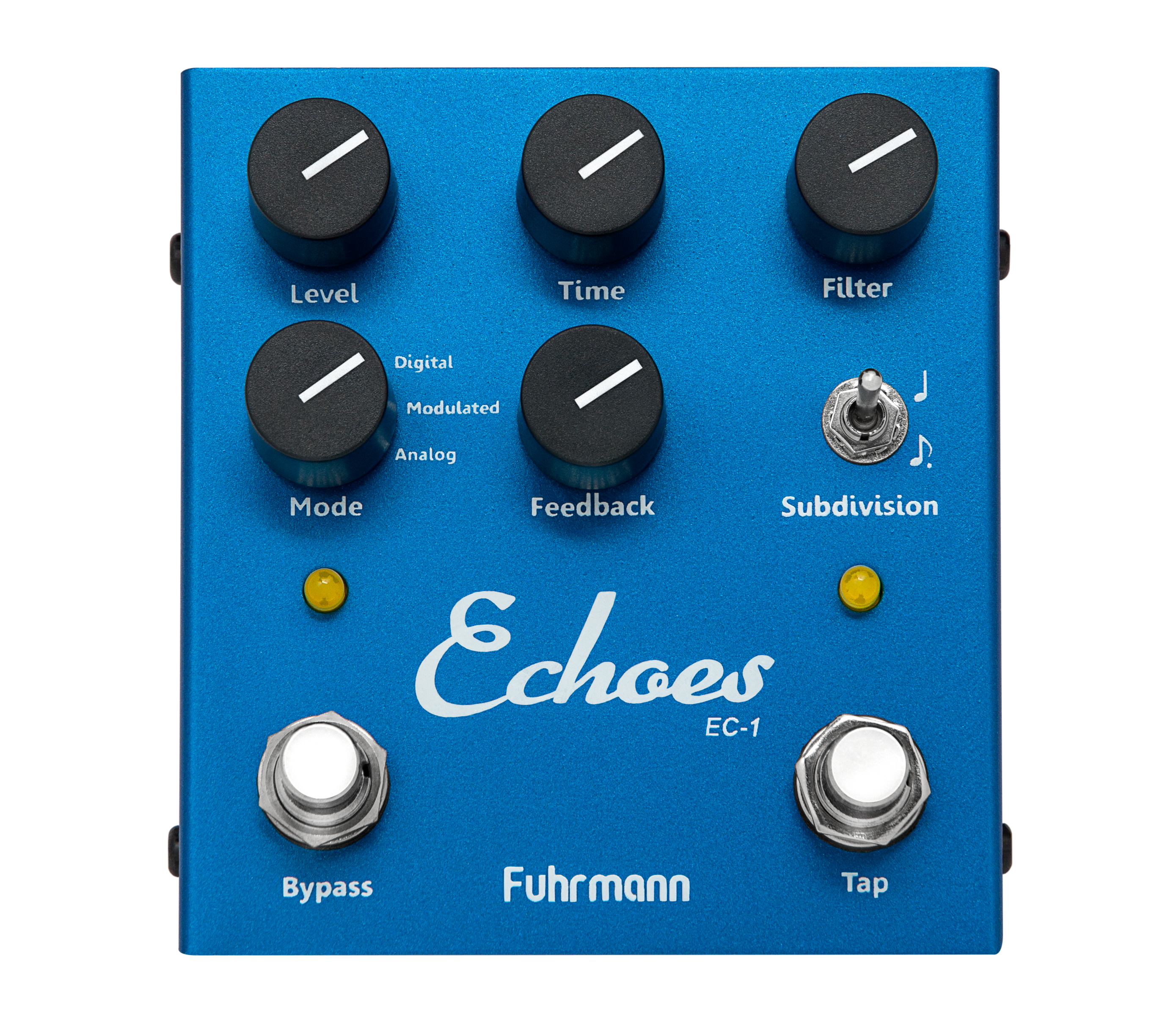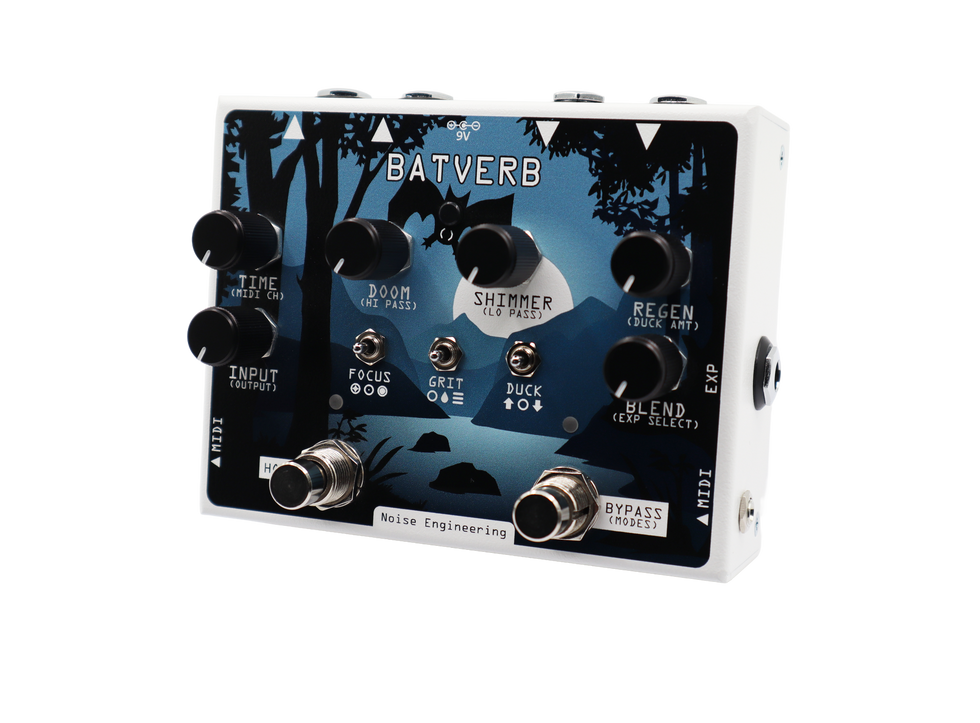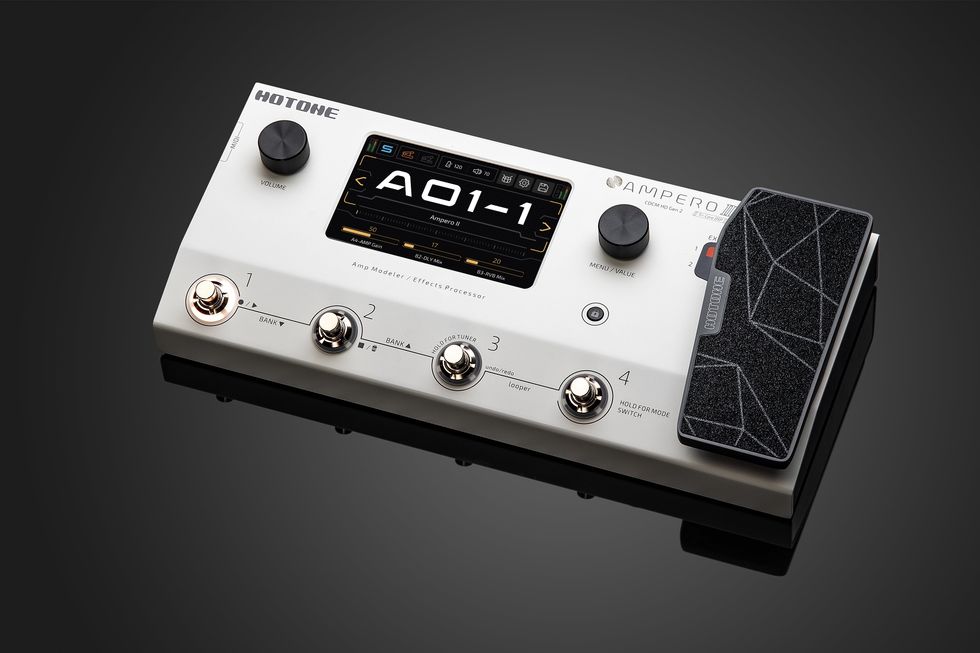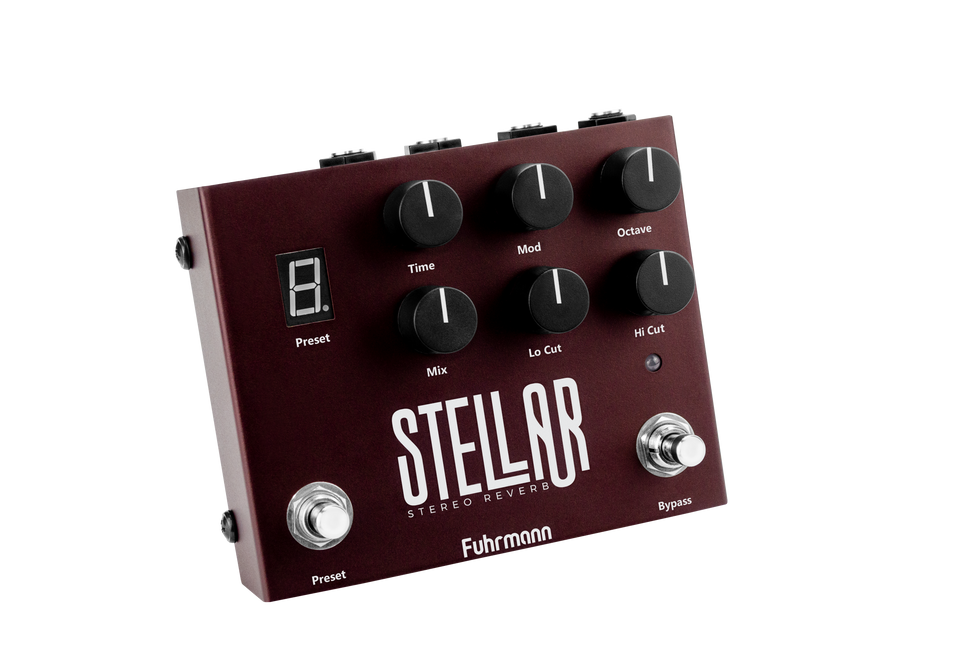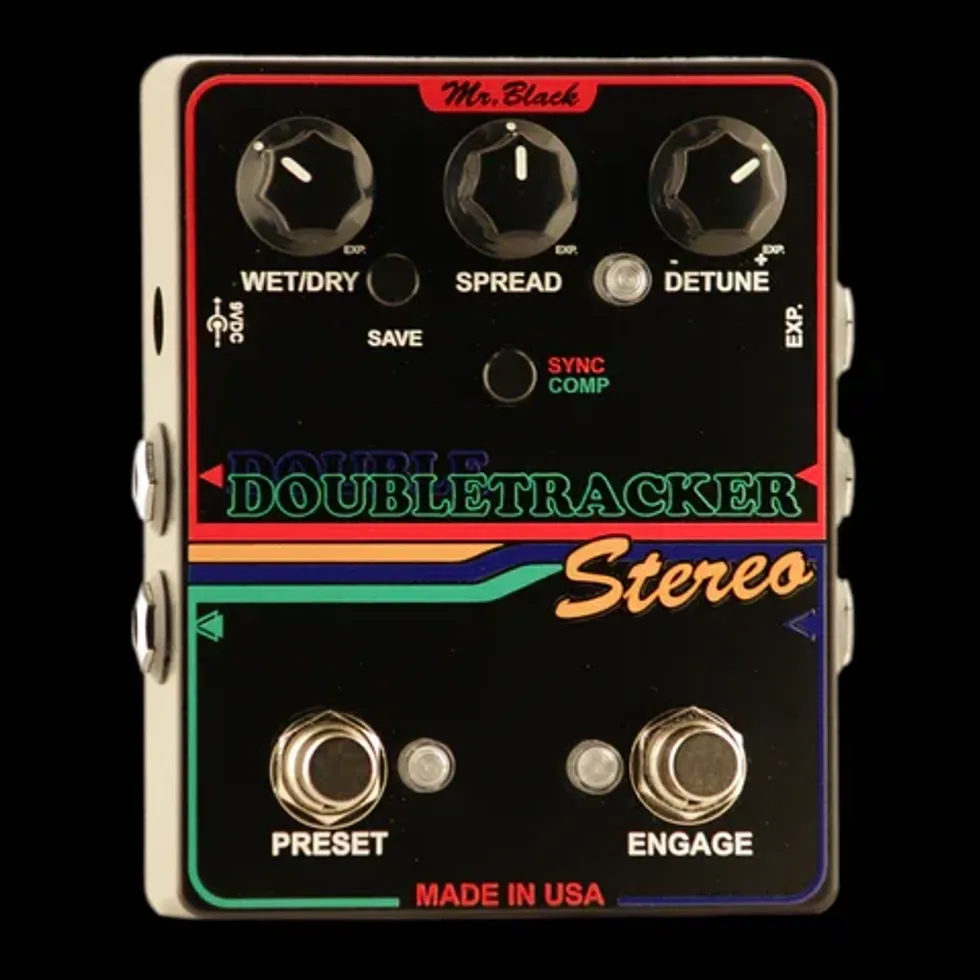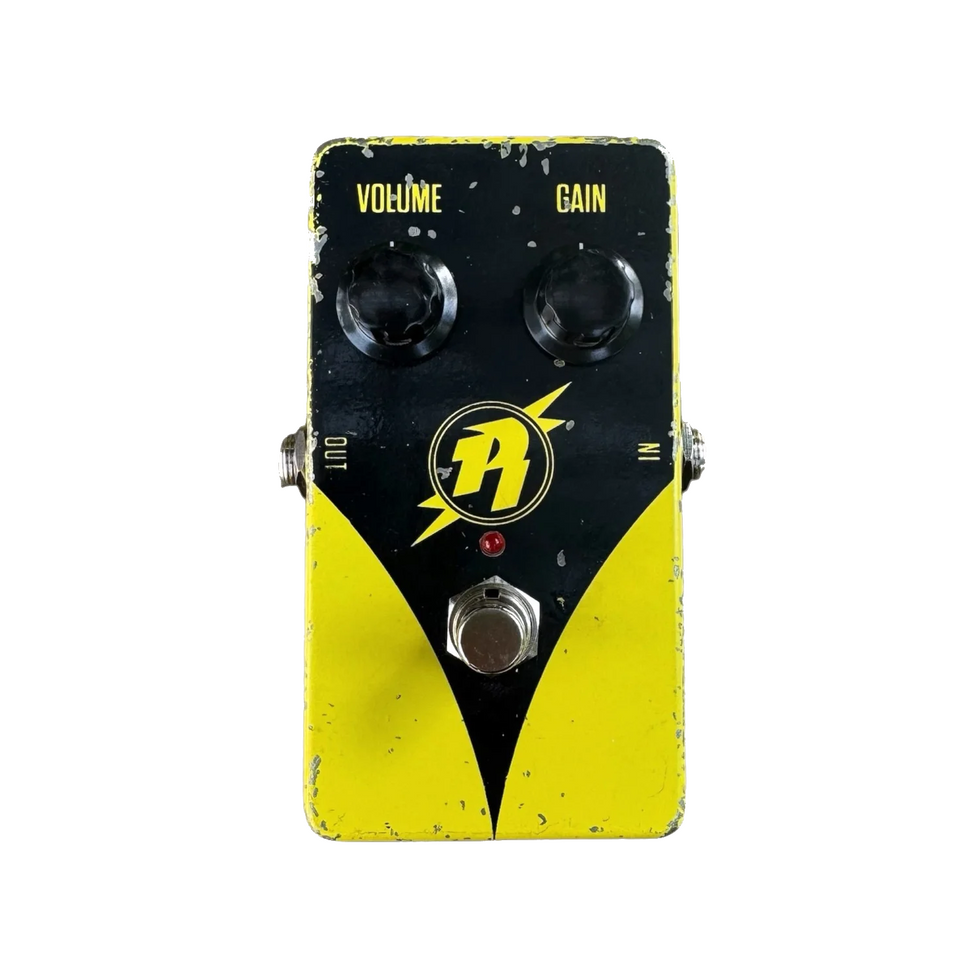When it comes to effects like phase, chorus, and vibrato, many of us tend to have a staple (and sometimes cheesy) sound in mind. But such preconceptions obscure the reality that these effects can be much more radical than their best-known applications.
If you’ve ever thought that phaser pedals are one-trick ponies, All-Pedal’s new Microdose, a digital phaser collaboration with Portland’s Spaceman Effects, will happily relieve you of that notion. The Microdose is to the MXR Phase 90 what the modern smartphone is to an old Nokia flip phone: It’s so feature-packed and overflowing with an embarrassment of tone riches that it feels barely related at all to its humble ’70s ancestor.
“It gets percussive, punchy, and juicy, turning single-note runs into intergalactic transmissions, and full chords into blasts of alien goop.”
Discoveries From the Outer Reaches of Space(man)
The Microdose is an evolution and expansion of Spaceman’s Explorer Optical Phaser. It’s maximalist in terms of both enclosure art and functionality, and can feel a bit cluttered as a result. Between eight knobs, two switches, two footswitches, and a groovy font and graphics vying for visibility there is a lot to take in. There are a lot of sounds too. The crowning achievement here is the collection of 16 wave forms—more than triple the Explorer’s five—all of which are selectable via an 8-stop rotary knob and a switch that moves between standard or alternative (and weirder) versions of each wave form. Each setting can be treated to two-, four-, or eight-stage phasing, and the level control provides a hearty boost for the effect to make sure that when its engaged, differences between settings won’t get lost.
Rate, multiplier, blend, and depth knobs all function as you’d expect them to, but the Microdose’s resonance and warp controls breathe new life into familiar sounds. Resonance controls phaser feedback, generating gentle, tried-and-true phase sweeps at low settings and more prominent, insistent phasing when cranked the other way. Coupled with the depth knob, it allows for precise tuning of intense phase sounds. The warp knob, meanwhile, does exactly what it says: At noon, the phase wave form remains unaltered, but turning it in either direction produces varied modifications to each wave form.
The Microdose’s tap tempo is a welcome addition that adds flexibility and more control over complex modulations—especially in live situations. But with such a vast expanse of sounds on tap and no preset functionality, the pedal’s usefulness on stage can feel limited. While dedicated phase jockeys will no doubt find a spot for it on their gigging boards, it sometimes feels more like a piece of studio kit.
Mind-Expanding Tones
The Microdose lives up to its name. It can give you a subtle, just-fun-enough, vintage experience if that’s what you’re after. But it can also blast way beyond that into sci-fi, psychedelic, and fearsome ghost-in-the-machine meltdowns that sound nothing like guitar.
Set for a classic, two-stage sine wave phase with all controls at noon, the Microdose is surprisingly unassuming, adding just a sliver of movement and dimension. This is where the pedal’s dense tweakability really shines. You can dial in a modest always-on sound that breathes life and unusual texture into rhythm or lead parts without overpowering your signal. Deep depth and blend will swing you well into Waylon Jennings territory, but that’s just the start.
Things get trippy in the best way possible as you add phase stages and explore the alternative wave form algorithms, which are a lot of fun on their own and even more so with a wiggle of the warp knob. With each bump up in stages, the effect gets waterier and three-dimensional, which feels like splashing around in some interstellar swamp. When you max out at eight, the effect is in the driver’s seat. It gets percussive, punchy, and juicy—turning single-note runs into intergalactic transmissions, and full chords into blasts of alien goop.
The Verdict
There’s a whole world of sounds here between the Microdose’s extremes. It can probably execute every single phase sound you’ve ever dreamed of—plus some wackier than what your puny human brain could come up with without lysergic inspiration. If you’re up for a phase experience, Microdose is a trip you’ll want to take. PG

